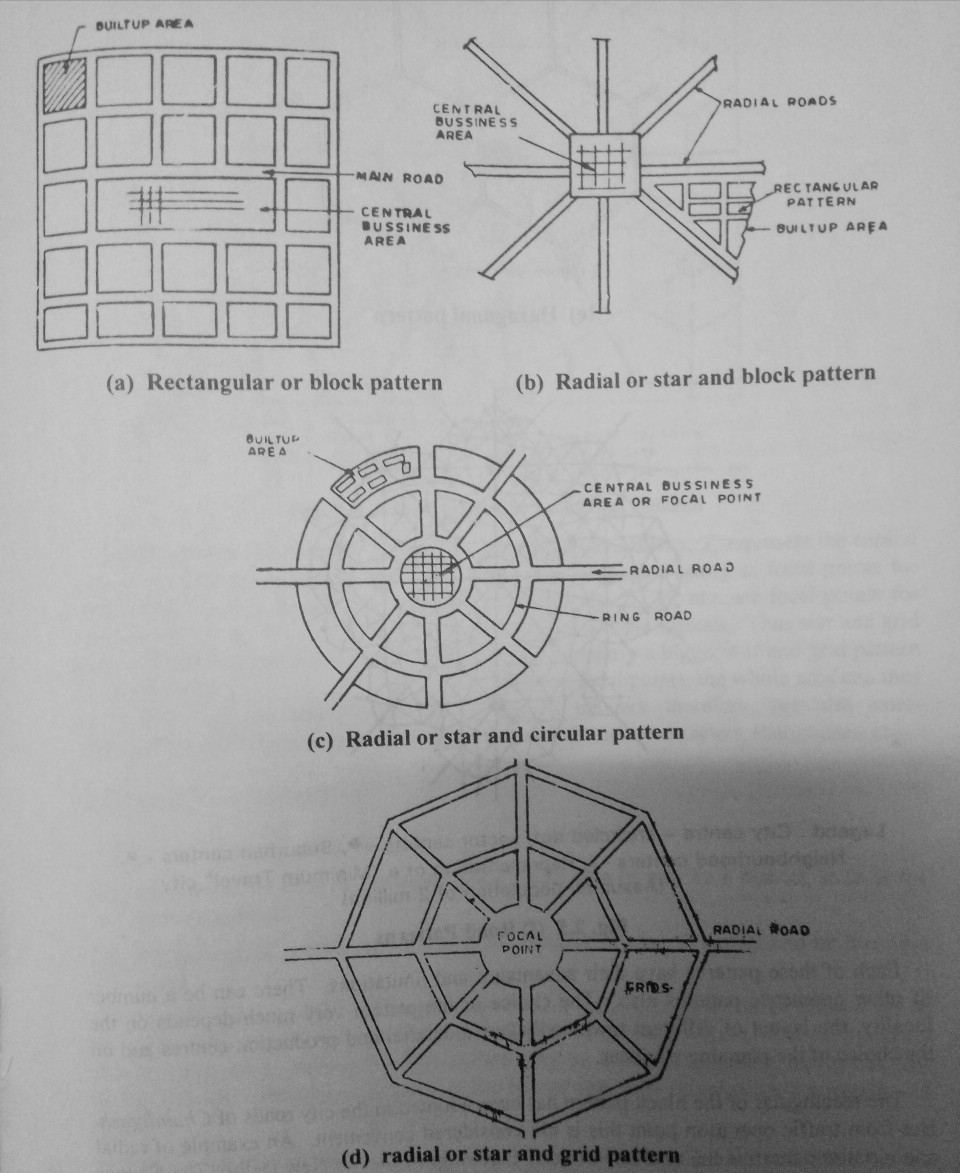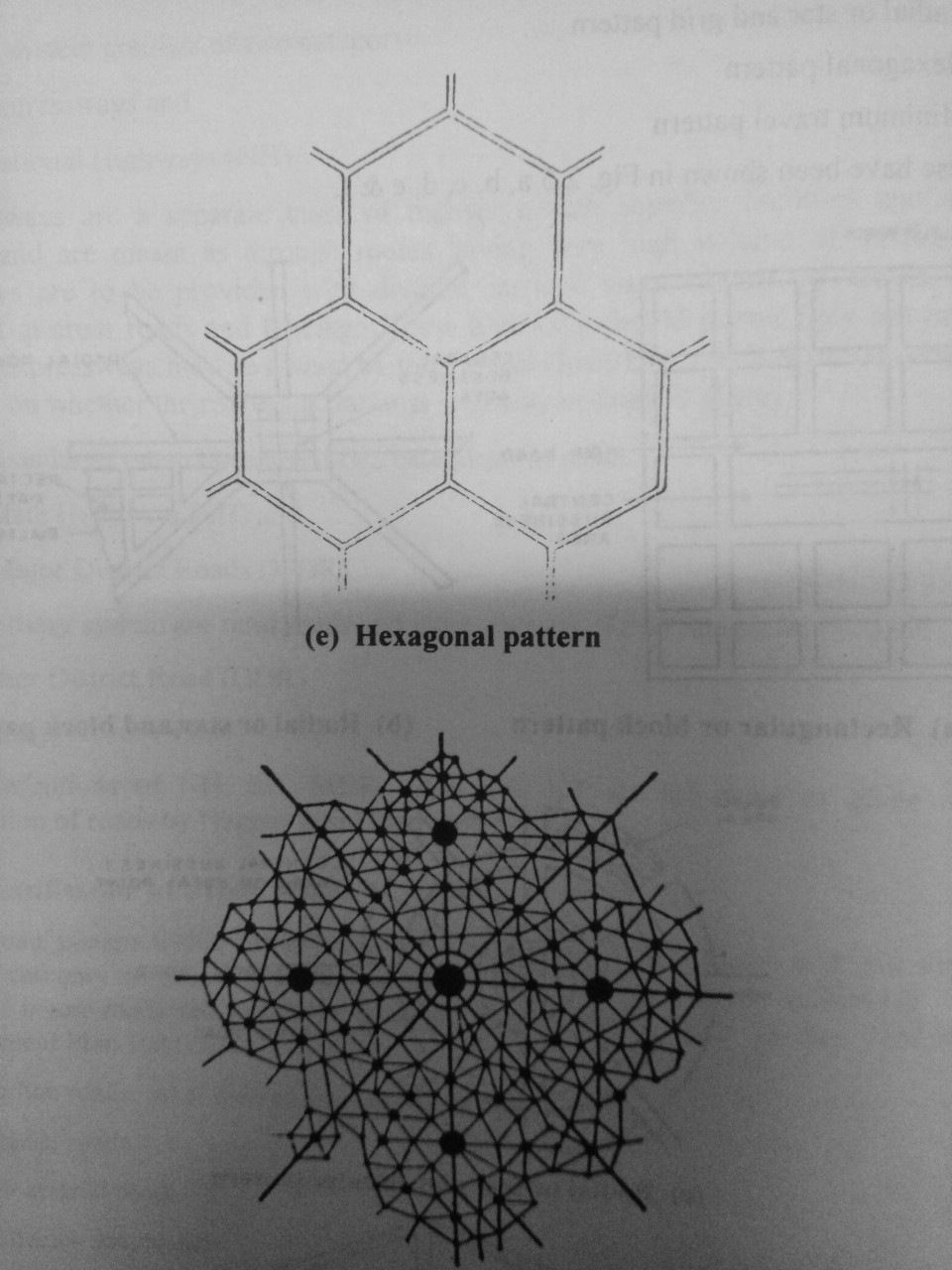TYPES OF STRUCTURES
Structures may be classitied in many ways, based on S1Ze, shape or geometry, support
system, type of material used and methods used in their analysis and design. When a structure
1S subjected to external torces, the elements of the structure are subjected to internal stresses
set in them. the internal stresses and the reaction components can be determined by the
application ot equations oI statics alone, the structure is said to be a staticaly determunate
structure. It however, additional equations, formulated on the basis of consistent deformations
of the elements, are required along with the equations of statics, the structure is Known as
statically ndeterminate srucure.
Depending upon supporting system, structures may be ot three types:
i)Line strucures having one dimensional supporting system.
ii)Surface structures having the two dimensional supporting system.
(iii) Space structures having three dimensional supporting system.
In the lne structure, having one dimensional supporting system, the structure 1s large in
one dimension in comparison to the other two dimensions. In such a structure, the material
of the element remains concentrated in one line which may be either straight or curved. Flexible
cable is a typical example under this category. A surface structure, which may be either plane
or curved, is large in two dimensions and very small in the third dimension. A surtace structure
may also be composed of a number of continuously connected line structures. The common
examples of surface structures are shell structures (such as water tanks, chimneys, roofs etc.)
having rigid curved surfaces and framed or skeletal structures such as roof trusses, bridge girders
industrial shades etc. Space siructures or three dimensional structures are large in three dimensions.
The common examples of this type are multistoryed buildings, exhibition pavilions, transmission
tower, television masts etc.
Depending upon the shape and geomery, structures may be of three types:
i)Shell structures
(ü) Framed structures or skeletal structures.
(ü Solid structures.





